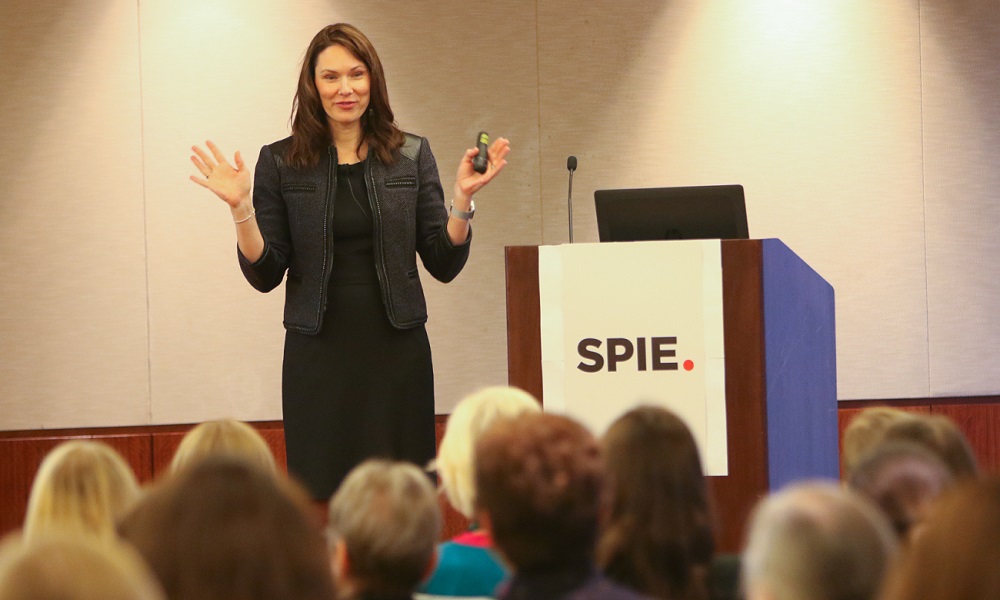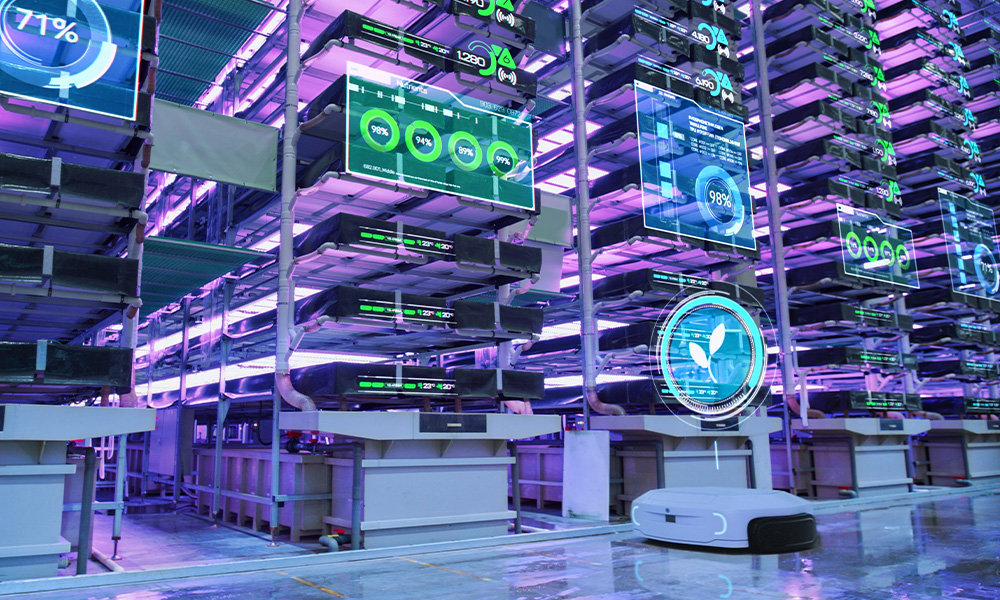Paper 13350-5
Benefits of sub 100 fs pulses for laser micromachining of glasses and crystals
27 January 2025 • 2:05 PM - 2:25 PM PST | Moscone South, Room 308 (Level 3)
Abstract
Reliable industrial femtosecond lasers deliver pulse durations from 200 fs to 1000 fs. External pulse compression can shorten these pulses to below 100 fs with about 90% efficiency.
In a basic study, we demonstrated improved edge quality in glass using 60 fs pulses at a 1030 nm wavelength and 800 kHz repetition rate. For sapphire (28 W) and fused silica (23 W), energy-specific volumes remained close to those of longer pulses, at 8 µm³/µJ and 6.5 µm³/µJ, respectively.
We will extend this study to materials like Borofloat 33 and SF2, optimizing surface roughness, stress-induced birefringence, and minimum structure dimensions for sapphire and fused silica as well. These results will be compared to standard 310 fs experiments with IR (1030 nm), green (515 nm), and UV (343 nm) radiation.
Additionally, we will investigate pulses as short as 30 fs, frequency-doubled 60 fs pulses and burst mode, focusing on edge quality, surface roughness, and stress-induced birefringence.
Presenter
Berner Fachhochschule Technik und Informatik (Switzerland)
Beat Neuenschwander studied physics at the University of Bern and realized 1996 his PhD at the Institute of Applied Physics in the field of diode pumped solid state lasers. From 1997 to 2002 he joined the company Numerical Modelling and since 2000 he is also at the Bern University of Applied Sciences BUAS where he lectures physics and applied laser technology. There he built up the laboratory for laser micro machining and laser surface engineering, became full professor in 2005 and is actually heading the institute for applied laser, photonics and surface technologies ALPS. His main research topic, where he published more than 80 papers, is laser micromachining with ultra-short pulses and its industrial application. He was chair of the LASE Symposium 2018-2021 and is founder member of the national thematic network NTN swissphotonics. Since 2022 he is engaged in the “Precision Engineering” Master Program which is organized in collaboration with the University of Bern.


